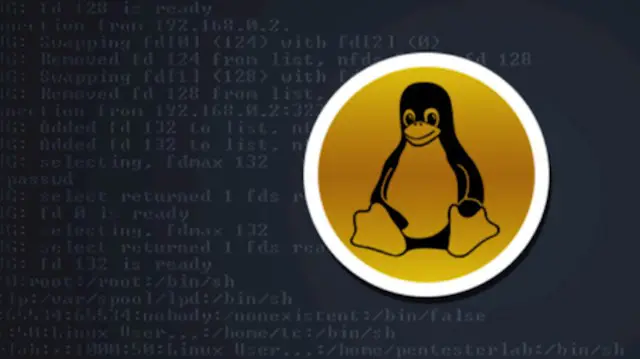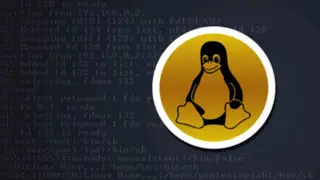- Reed courses certificate of completion - Free
- Uplatz Certificate of Completion - Free

Unix and Shell Scripting
Uplatz
Self-paced videos, Lifetime access, Study material, Certification prep, Technical support, Course Completion Certificate
Summary
Overview
Certificates
Reed courses certificate of completion
Digital certificate - Included
Will be downloadable when all lectures have been completed
Uplatz Certificate of Completion
Digital certificate - Included
Course Completion Certificate by Uplatz
Curriculum
Course media
Description
Unix and Shell Scripting - Course Curriculum
Unix
- Creating, copying, renaming, moving and deleting files and directories
- Using the shell's redirection and pipe facilities
- Editing text files using the vi editor
- Setting and changing access permissions on files
- Monitoring and controlling their own processes
- Using the basic file and text searching utilities, including regular expressions (regex)
- Customizing their own login environment
Shell Programming
- Writing simple scripts to enhance basic command output
- Using the various shell quoting mechanisms appropriately
- Manipulating shell variables and user-defined variables in scripts
- Implementing conditional execution facilities
- Using the shell's built-in loop constructs where appropriate
- Writing scripts to trap user interrupts
- User defined Functions
- Developing menu-driven shell scripts
Who is this course for?
- Any individual who wants to kickstart a career in Unix, Linux, Shell Programming
- UNIX Administrators
- Anyone who wants to understand and use the UNIX Operating System
- Support Engineers - Unix, SQL
- UNIX and Linux Systems Engineers
- Application Support Analysts - Unix, SQL
- Application Developers and Programmers
- Shell Scripting Programmers
- ETL Developers
- Software Testers
- System Administrators
- Network Engineers
Requirements
Passion and determination to achieve your goals!
Career path
- UNIX Administrator
- Linux Administrator
- Support Engineer - Unix, SQL
- Application Support Analyst - Unix, SQL
- UNIX Systems Engineer
- Network System Administrator - UNIX, Linux
- Server & Storage Analyst Unix
- Application Developer
- Unix Developer
- Software Tester
- IT Support Analyst
- Shell Scripting Programmer
Questions and answers
Currently there are no Q&As for this course. Be the first to ask a question.
Reviews
Currently there are no reviews for this course. Be the first to leave a review.
Legal information
This course is advertised on Reed.co.uk by the Course Provider, whose terms and conditions apply. Purchases are made directly from the Course Provider, and as such, content and materials are supplied by the Course Provider directly. Reed is acting as agent and not reseller in relation to this course. Reed's only responsibility is to facilitate your payment for the course. It is your responsibility to review and agree to the Course Provider's terms and conditions and satisfy yourself as to the suitability of the course you intend to purchase. Reed will not have any responsibility for the content of the course and/or associated materials.
FAQs
Interest free credit agreements provided by Zopa Bank Limited trading as DivideBuy are not regulated by the Financial Conduct Authority and do not fall under the jurisdiction of the Financial Ombudsman Service. Zopa Bank Limited trading as DivideBuy is authorised by the Prudential Regulation Authority and regulated by the Financial Conduct Authority and the Prudential Regulation Authority, and entered on the Financial Services Register (800542). Zopa Bank Limited (10627575) is incorporated in England & Wales and has its registered office at: 1st Floor, Cottons Centre, Tooley Street, London, SE1 2QG. VAT Number 281765280. DivideBuy's trading address is First Floor, Brunswick Court, Brunswick Street, Newcastle-under-Lyme, ST5 1HH. © Zopa Bank Limited 2025. All rights reserved.

